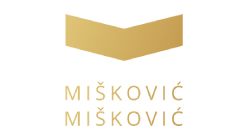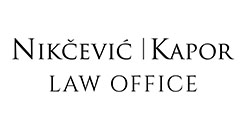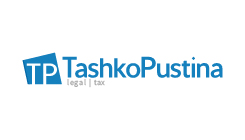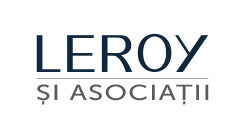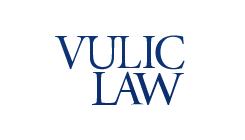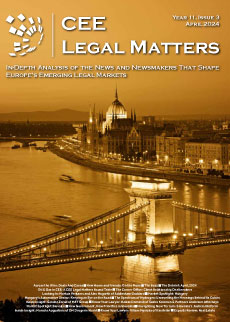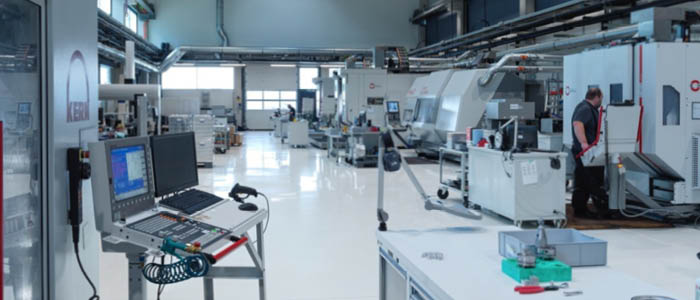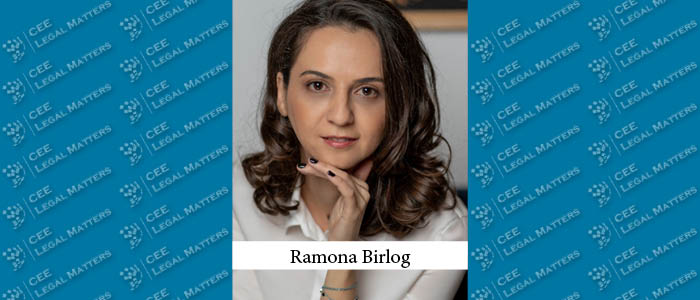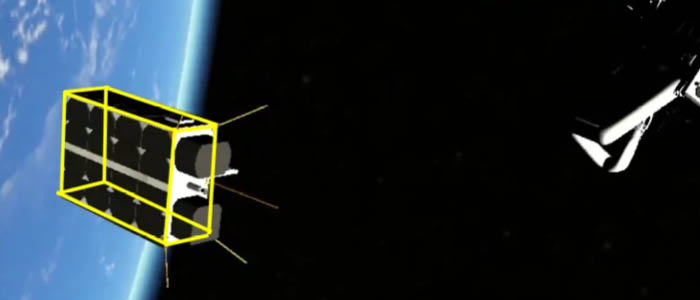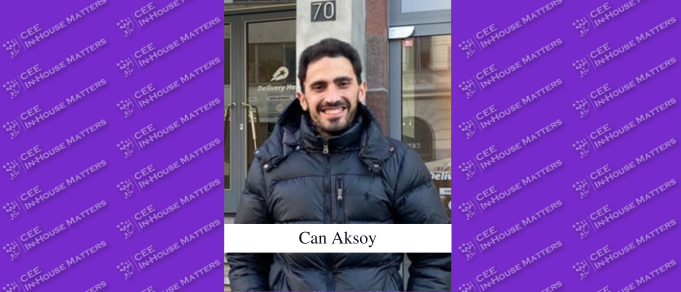On May 14, 2021, CEE Legal Matters reported that Kinstellar’s Budapest office had advised Bank of China on an approximately USD 75 million loan to China National Machinery Import and Export for the construction and operation of a 100 MW photovoltaic power plant in Hungary. CEEIHM Spoke with Lucy Shen, Deputy Head of Corporate Banking Department at Bank of China (CEE) Limited to learn more about the deal.
CEEIHM: To start, please introduce the Bank of China and its operations in Hungary.
Lucy: Bank of China Hungary was established in 2003 and now serves as the regional center in Central and Eastern Europe with 4 cross-border subsidies in Austria, the Czech Republic, Romania, and Serbia, covering business in the whole CEE region. It has a comprehensive range of services and products: corporate financing, trade services, RMB settlement services, a financial institution business, and a treasury business.
We are one of the largest banks in Hungary by assets and we have a solid customer base in the region with Bank of China having established strong business relationships with top corporates in the CEE region, including local companies and Chinese companies.
We have a strong support and commitment to the Hungarian government: the Hungarian government and Bank of China signed a strategic cooperation agreement in 2017; Bank of China issued the first RMB dim sum bond and a total of 3 billion RMB Panda bonds for the Hungarian government. Bank of China, as the only RMB Clearing Bank in the CEE region, acts as the RMB clearing bank for MNB.
CEEIHM: What was it about this project that initially caught your attention and what were its main selling points as a lender when considering it? What other projects do you envisage in the CEE region – what sectors are you looking at?
Lucy: There were several aspects for us. First, the size of the project – it is currently the largest photovoltaic power plant project in Hungary. In order to reduce greenhouse gas emissions, Hungary has greatly focused on developing clean energy in recent years. In the development of renewable energy, photovoltaic electricity is one of the main focuses. After the completion of the Kaposvar photovoltaic power plant, it will be able to provide stable and affordable electricity within Hungary.
Second, we considered environmental protection. During the construction, environmental-friendly instruments are used for the protection of plants and the soil. On top of that, landscape planning is being carried out for the site.
Third were considerations linked to resource integration. The Kaposvar photovoltaic power station project is mainly invested and constructed by Chinese companies, with support from regional sub-contractors and local market players. It is one of the key projects for China and Hungary to strengthen exchanges and cooperation in the fields of ecological and environmental protection and green development under the framework of the "Belt and Road Initiative.”
Inspired by this project and encouraged by the climate-related trend, we are looking at green projects such as renewable energy electricity, new energy vehicle manufacturing, the rechargeable battery production where the Chinese market players are showing their interest or have been making successful investments in the CEE region.
CEEIHM: What were the main challenges in concluding the deal - both in terms of negotiating and structuring the deal as well as from a legal perspective?
Lucy: The main challenges were the Hungarian real estate laws and the electricity laws when the lender structured the local security package, analyzed the chain effect from different project documents.
CEEIHM: What were Kinstellar’s and Arhusts’ mandates precisely? How did you split the legal work between your in-house team and your external advisors?
Lucy: Kinstellar’s Budapest office and Ashurst have advised on the review, negotiation, and signing of all related finance documents. Our in-house team has followed the day-to-day negotiation with the external advisors, made necessary comments to the finance documents from a compliance point of view, helped our business team to understand and clarify certain legal questions with the external law firms, provided guides on the communication with the external advisors, and did the final internal reviewing before the signing of the finance documents. In short, our in-house team put its trust in our external advisors and relied on the legal opinions issued by them.
CEEIHM: And, while on the subject, why did you opt to use Kinstellar / Ashurst specifically to assist on this project?
Lucy: We selected our legal counsel mainly based on qualitative criteria. These two law firms stood out from other candidates in terms of their record in project financing in the electricity sector and PV projects. We are impressed by both firms’ considerable support and their strong cooperation with each other.
Originally reported by CEE In-House Matters.


